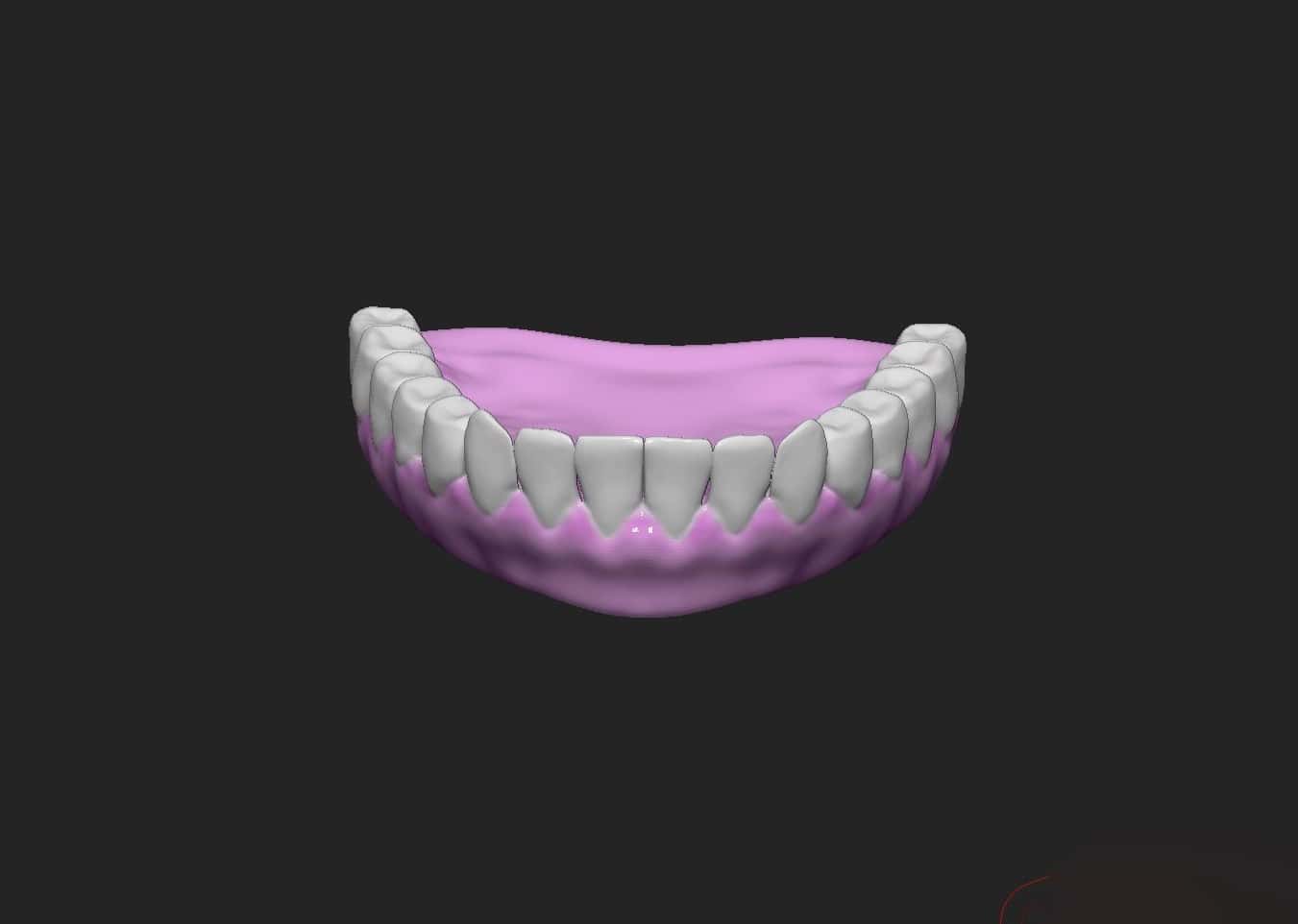
Apr20 2023 . 4 min

The revolutionary landscape of three-dimensional (3D) printing, synonymous with additive manufacturing, rapid prototyping, or solid-freeform technology, unfolded its potential in 1986. Since its inception, this groundbreaking technique has garnered substantial attention, particularly within the specialized realms of head and neck surgeries, encompassing maxillofacial, otorhinolaryngology, and plastic surgery. The allure lies in its remarkable capacity to craft intricate structures with unparalleled precision. Notably, a systematic review highlighted the craniofacial region’s dominance, accounting for the second-highest percentage of publications employing 3D printing technology. The focus of this exploration has been on reconstruction, rehabilitation, and regeneration, ushering in a new era of research projects that promise reproducibility, precision, and durability in patient-specific models for diverse surgical applications. Furthermore, the impact of this technology has transcended beyond clinical realms, extending its influence to the realms of teaching and education.
Our journey begins with an exploration of the roots of 3D printing technology, tracing its evolution from its 1986 demonstration to its current status as a transformative force within head and neck surgical specialties. Delving into its applications in maxillofacial, otorhinolaryngology, and plastic surgery, we unravel the reasons behind its allure, emphasizing its unique ability to fabricate complex constructs with unparalleled precision.
The spotlight then shifts to the craniofacial region, where 3D printing technology has asserted its dominance, as evidenced by a systematic review citing its prevalence. This section explores the tangible benefits witnessed in reconstruction, rehabilitation, and regeneration efforts. From offering reproducible models to ensuring precision in surgical interventions, 3D printing emerges as a catalyst for transformative advancements in patient-specific treatments. Moreover, the ripple effect extends to educational realms, reshaping the landscape of teaching within these surgical specialties.
In conclusion, the evolution of three-dimensional printing stands as a testament to its profound impact on head and neck surgical specialties. From its humble beginnings to becoming an indispensable tool in craniofacial applications, this technology has redefined the possibilities in reconstruction, rehabilitation, and regeneration. As it continues to shape the future of surgical interventions, its influence in teaching and education only reinforces its status as a pioneering force in the medical arena.

Apr20 2023 . 4 min
